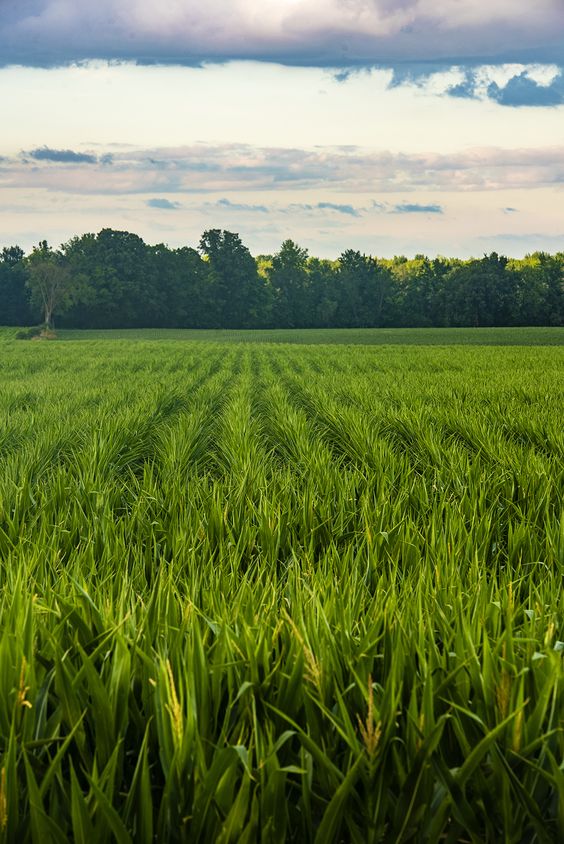how agricultural technology revolutioniz farming
Agricultural Technology,The agricultural sector, for millennia, has been the backbone of human civilization. But as populations grow and resources become strained, the need for efficient and sustainable food production becomes paramount. Enter agricultural technology , a rapidly evolving field harnessing the power of innovation to transform the way we farm.
Agritech encompasses a diverse range of technologies, from Internet of Things (IoT) sensors that monitor soil moisture and crop health to drones that map fields and spray pesticides precisely. These advancements are blurring the lines between traditional farming and data-driven precision agriculture, offering a glimpse into a future where technology empowers farmers to optimize resources, increase yields, and minimize environmental impact.
Contents
Body: Unveiling the Toolkit of Agricultural Technology
The agritech landscape is brimming with innovative solutions:
- Precision Agriculture: Leveraging data from sensors, satellites, and drones, farmers gain real-time insights into their fields, enabling them to tailor water usage, fertilizer application, and pest control strategies to specific areas. This targeted approach reduces waste and optimizes resource allocation, leading to increased efficiency and profitability.
- Robotics and Automation: Repetitive tasks like planting, weeding, and harvesting are becoming increasingly automated through the use of robots and autonomous machines. These technologies not only free up valuable time for farmers but also improve accuracy and consistency, leading to higher yields and reduced labor costs.
- Controlled Environment Agriculture : CEA encompasses techniques like vertical farming and hydroponics, allowing for food production in controlled environments with minimal water and land use. This approach is particularly beneficial in areas with limited resources or harsh climates, promoting sustainable farming practices.
- Big Data and Analytics: The vast amount of data collected by agritech tools creates opportunities for advanced analytics. By analyzing this data, farmers can identify trends, predict potential problems, and make informed decisions about their operations. This data-driven approach fosters proactive management and minimizes risks associated with weather, disease, and other unforeseen circumstances.
- Artificial Intelligence : is making its way into the agricultural landscape, offering solutions like automated disease detection and yield prediction. By analyzing images or sensor data, AI algorithms can identify early signs of disease, allowing farmers to take timely action and minimize crop losses. Additionally, AI can analyze historical data and weather patterns to predict future yields, enabling farmers to plan efficiently and manage resources effectively.
Benefits of Embracing Agricultural Technology
The adoption of Agricultural Technology offers numerous benefits for the agricultural sector:
- Increased Productivity and Efficiency: Agritech tools help farmers optimize resource utilization, leading to higher yields and improved operational efficiency. This translates to increased profitability for farmers and a more stable food supply for consumers.
- Enhanced Sustainability: Agritech promotes sustainable farming practices by enabling precise resource management, reducing water and fertilizer waste, and promoting the use of renewable energy sources. This paves the way for a more environmentally friendly and future-proof agricultural system.
- Improved Decision-Making: Data-driven insights from agritech empower farmers to make informed decisions based on real-time information, leading to better management practices and reduced risk of crop failure.
Challenges and Considerations
Despite its immense potential,Agricultural Technologyadoption faces some challenges:
- Cost: Implementing certain agritech solutions can be expensive, posing a barrier for small and medium-scale farmers. Access to affordable financing and government support programs are crucial to facilitate wider adoption.
- Digital Divide: The digital divide can hinder the implementation of agritech solutions in remote areas with limited access to the internet and technology infrastructure. Bridging this gap is vital to ensure equitable access to these advancements.
- Data Security and Privacy: The vast amount of data collected by agritech tools raises concerns about data security and privacy. Implementing robust cybersecurity measures and ensuring responsible data management practices are critical to gain and maintain trust among farmers.
Conclusion: A Seed for a Brighter Future
Agricultural Technology is not just a buzzword; it’s a transformative force shaping the future of agriculture. By embracing innovation and addressing existing challenges, we can harness the power of these technologies to create a more efficient, sustainable, and resilient food system. This journey requires collaboration between farmers, agritech companies, policymakers, and research institutions. By working together, we can cultivate a future where technology empowers farmers to nourish a growing population, care for the environment, and build a brighter future for generations to come.




